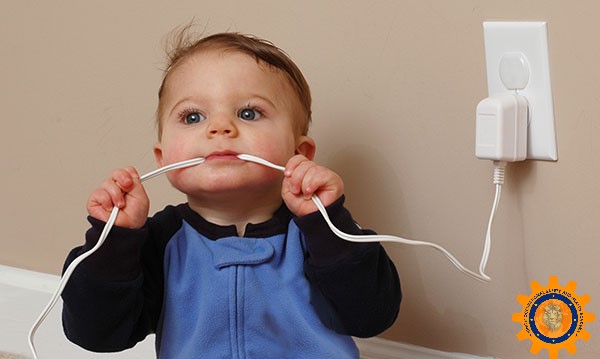
BABY SAFETY…
You are accountable for your baby’s safety. The following advice should assist you in protecting your child from danger from the time of birth until they are a toddler.
Baby Safety in the Car
-
- When riding in a motor vehicle, always utilize a car safety seat that has received government approval.
-
- To make sure the seat has been put correctly, carefully read the safety seat instructions as well as the directions in your car’s owner’s handbook.
-
- NEVER drive with a baby on your lap.
-
- Unless you’re certain that a secondhand seat has never been in an accident, the American Academy of Pediatrics advises purchasing a new car seat.
-
- Car seats for infants should face the back of the vehicle for the first two years of their lives. The center of the rear seat is the safest place for the car seat.
-
- NEVER put the baby in the front passenger seat of cars, especially those with airbags. If you have a truck with no back seat, you should disengage the airbag while the baby’s seat is in the car.
-
- Check the height and weight limits on your child’s car seat from time to time to be sure they haven’t outgrown it. You’ll also need to adjust the position of the harness straps as your baby gets bigger.
-
- If you have questions about safety seats, call a certified technician to show you how to properly install and use your car seat.

To lessen the possibility that a baby would be unintentionally left in a car or become trapped inside:
-
- Don’t forget to put your bag, briefcase, shoes, or phone in the rear seat. In this manner, you develop the practice of looking in the back seat before getting out of the car.
-
- Make a deal with your child’s daycare center so that they will phone you if the youngster doesn’t arrive as scheduled.
-
- Even if your automobile is parked in your driveway at home, always lock the car and the trunk, and keep the keys away from children.
Baby Safety, Smoking and Fire Safety
-
- Avoid smoking and forbid smoking around your child. Because smoke particles are still carried by clothes, hair, and skin, smoking even “outside” is bad for the unborn child.
-
- Place a functioning smoke alarm on each floor of your house. Your smoke detectors’ batteries should be changed every six months.
-
- Every floor of your home should have a fire extinguisher.
-
- Install a carbon monoxide detector if your home utilizes gas for heating.
How to Avoid Baby Burns
-
- Holding your infant while holding hot drinks is not advised.
-
- Your baby’s bottle shouldn’t be microwaved to avoid burns. Many microwaves produce “hot spots” in infant formula that might burn the baby’s mouth because they heat food unevenly. Instead, reheat the formula by soaking the bottle in a basin of warm water or pouring warm tap water over it. the bottle thoroughly.
-
- Before feeding your infant, be careful to check the temperature on your hand or wrist.
-
- Set the thermostat on your hot water heater no higher than 120 degrees Fahrenheit. Think about fitting shower heads and faucets with anti-scald technology. Place a carbon monoxide detector there.
Preventing Baby Injuries
-
- Keep dangerous items like money, glass objects, beads, pins, and pharmaceuticals out of your baby’s reach as well as sharp objects like knives, scissors, tools, and razors in a safe location.
-
- A newborn should never be shaken or thrown in the air. Blindness or brain damage may result from this.
-
- Even when your infant is resting, never leave them alone with a younger sibling or a pet.
-
- Never place a young person in a walker. Every year, they mostly cause falls down stairs, sending hundreds of children to the emergency department.
-
- Make sure your child is unable to drag lights or other electrical items onto themselves. Electrical cables along baseboards can be secured with electrical tape.
-
- Tablecloths that can be lifted off should be done so.
-
- To prevent your infant or toddler from pulling the drawer out on top of themselves, make sure all drawers have stops.
-
- To prevent the furniture from falling over the youngster, fasten it to the wall. Keep devices off of taller dressers or tables that might tip over and harm a youngster.
